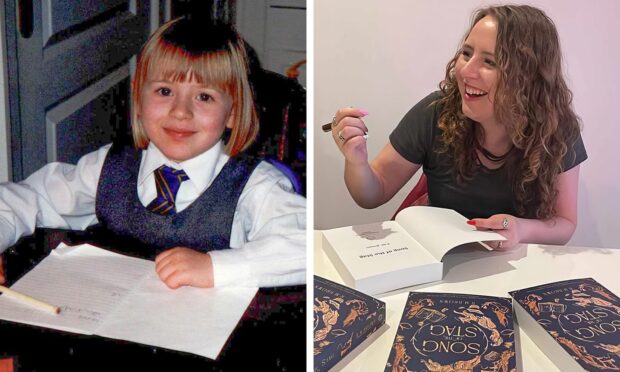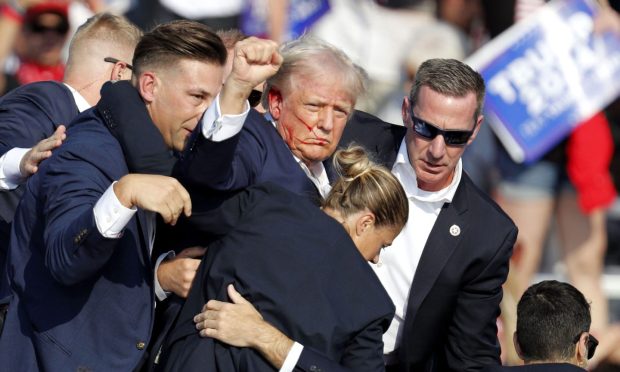The differences between the minds of those who kill and those who do not will be explored by a Dundee criminal expert.
Neuroscientist Dr Peter Moult is to present his discussion “Born To Kill?” at Abertay University in April.
Dr Moult will look at how brains are “wired” and discuss whether killer minds are “born” or “made”.
His talk will be one of a series of lectures to be held in the university’s Hannah McLure centre, titled Science in the Cinema.
Recent technological advances in neuro-imaging techniques and genetic sequencing have shown there is compelling evidence people who commit violent crime may be biologically predisposed to do so.
Dr Moult said: “The basis of genetic inheritance and the role genetic mutations play in these brain abnormalities will be considered and we’ll ask the question, if violent criminals really are predisposed to their actions, what does this mean ethically in terms of legal responsibility?”
The first event in the Science in the Cinema series will be a lecture from Abertay’s Dr Kimberley Bennett on Thursday March 15.
Dr Bennett will present her talk, “There’s Something in the Water: Pollution from Plastics, POPs and Pills”, exploring how the world is waking up to the devastating effect plastic pollution is having on ocean life.
She said: “I will talk about the harm done by different types of pollutants: from the plastic we can see to the persistent chemicals and pharmaceuticals that we can’t.
“I will also look at the positive steps we can take to make the oceans cleaner, healthier and safer for humans and wildlife alike.”
The final lecture in the series “Alcohol: Truths, Myths and Legends” will given by the university’s Dr Peter Maskell.
Tickets for all three shows are free and can be booked through the university’s event brite website.









